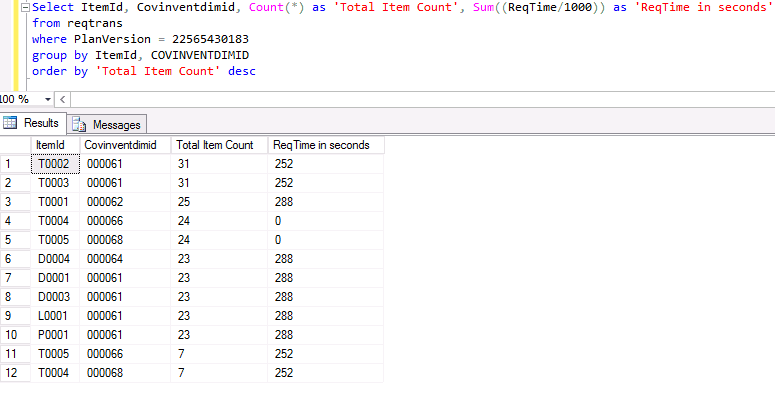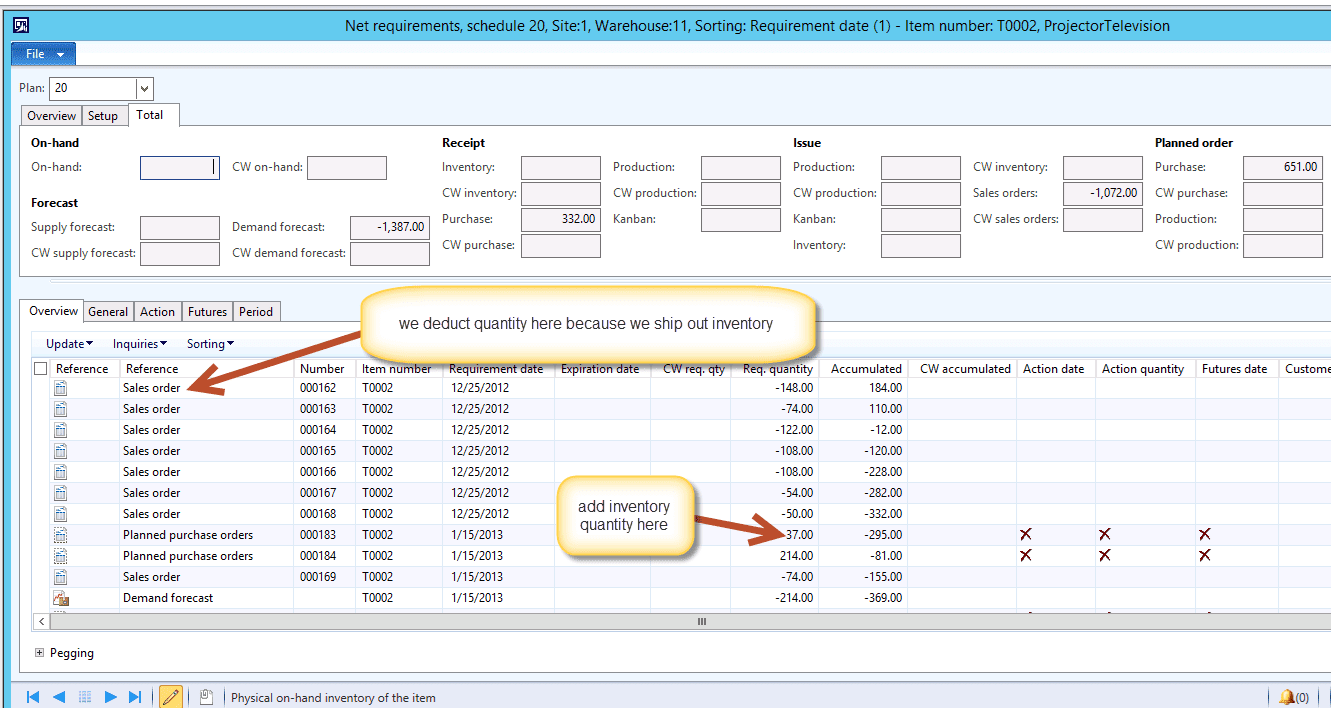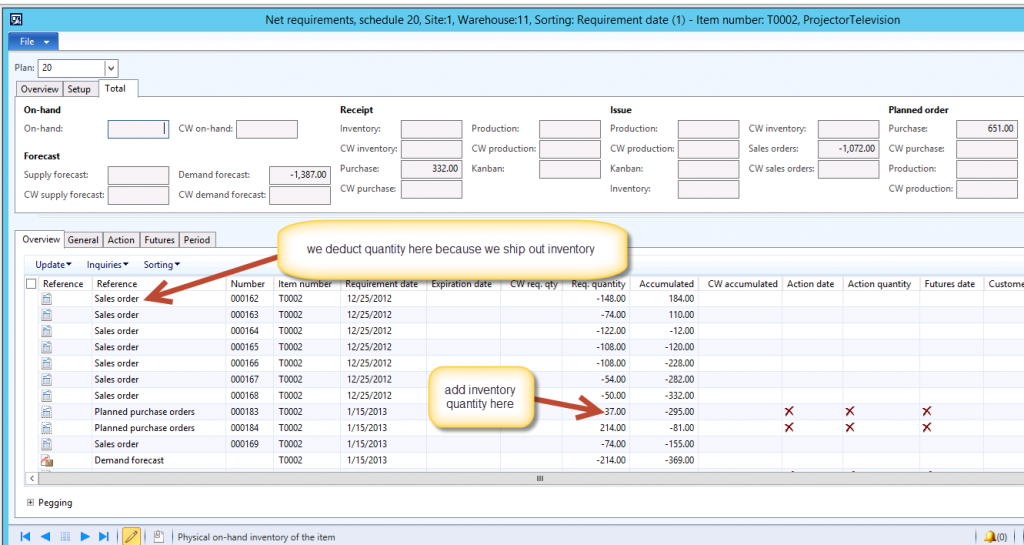Consulting, Dynamics AX Performance
TechnoFunctional Tips to Diagnose and Identify Functional Problems causing Performance and Accuracy Issues with Master Planning in Dynamics AX Part 1
I thought I would write something a little different today. The two largest indicators which tell us that Master Planning is in need of some “lovin” and tuning are performance and accuracy problems. I don’t care how big the implementation is. I’ve yet to see a case where a full planning run can’t be finished in an under an hour once properly configured. Both of these factors can cripple an organization and seriously compromise the supply chain. Both of these circumstances are completely preventable and correctable. There are a lot of things you can do on the technical side to speed up Master Planning but to truly gain speed and accuracy, you must correct bad functional configurations and problematic records. Here I’ll share a few techno-functional tips based on my experience, but not currently documented, on getting our “oh so precious” MRP runs to work correctly.
1st: You need to identify the problematic items dimension combinations that are impacting Performance
The secret to my success here is that I’ve found that there is no stronger indicator to MRP performance than the number of records created during a planning run in the Reqtrans table.
Run this query after a full planning run to identify problematic item-combinations. Note here: that I’m using the light Contoso database. In real-life, these numbers will be way higher most likely.
Select ItemID, CovInventDimId, Count(*) as ‘Total Item Count’, sum (ReqTime/1000) as ‘ReqTime in seconds’
from reqtrans
where PlanVersion = ”
group by ItemId, CovInventDimID
order by ‘Total Item Count’ Desc
and here is the query with the parameters inside.

So, very interesting. Here we know that T0002 is the top item. At this point, we can run sql queries to trace it down or do it the functional way. Let’s switch to the functional way.
2nd, we now go to the Released Products Form and open up the item from there to investigate it. We go to the tab called Plan.

3rd, always start with the net requirements when assessing Accuracy of Master Planning
Clicking the net requirements button gets us perhaps the most important screen within Master Planning. When tuning MRP, I’ve learned that the net requirements are the single biggest indicator of issues most of the time. To make a simple definition, net requirements are the actions you need to take to replenish inventory based on actual sales orders, purchase orders, and inventory transfers that actually exist in the system(production orders can factor in this also). Gross requirements are when you do important things like add forecasted sales which don’t actually exist in the system yet but need to be used to project your inventory production schedule. Not to say that Gross Requirements don’t play their part when forecasting is setup incorrectly. But net requirements just tend to be a more prevalent cause of issues. Let’s see what Master Planning calculated as actual needs (aka net requirements).
Notice the pivotal form. Looking at it, you should see exactly how Master planning came up with the required inventory needed for the period of time that you want your Master Planning period to “cover” (aka fulfill all needs for inventory). Now, you can carefully begin to assess the accuracy. Did our demand forecast project too much quantity? Did our purchase orders really match receipts. Did our Req. Quantity actually get shipped from the warehouse. Did our sales orders really match our demand? You get the point.

Now, what you want to do from this point is start determining which items are actually needed and you want to begin to tune your settings to accurately reflect your enterprise situation. The art of tuning Master Planning settings will have a large impact on performance by reducing the number of reqtrans records (often) and on accuracy by ensuring that the requirement is correct.
In part 2 of the series which I’ll write in the next couple of months(got a lot on the plate at the moment), we’ll go even deeper and look at some helpful tips for making our ERP system far more efficient so that we avoid the embarrassing supply chain shortages or costly overages that are symptomatic of a Master Planning Configuration in need of “tuning love”. We’ll also explore more performance enhancing secrets and goodies. We are just getting started!

 9529
9529 
